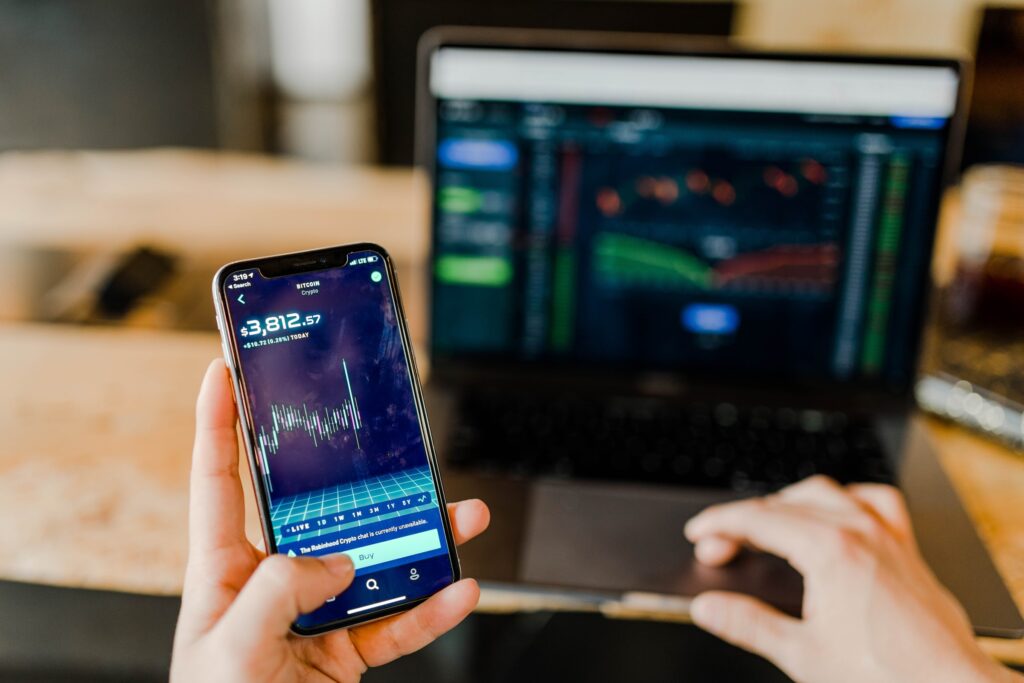
Until recently, we have not seen such a high demand for online research, but now, during the pandemic, the market has completely gone online, and we are with it.
1. When launching a project, be sure to check with the Agency if it is ready to provide an opportunity to call from you the respondents who participated in the online survey. During which you can call and selectively screen respondents by asking them screening questions. In this case, the sample will be much better quality.
2. Be sure to discuss with the contractor at the launch stage the possibility of providing supporting documents or screenshots, business cards related to the research topic from the respondents. At the exit, it is important to obtain, at least selectively, confirmation from the full array of respondents who participated. This will also improve the quality of the data you receive at the output.
3. Check with the Agency what methods are used to select respondents for your online survey. If this is a mono-method, for example – recruiting only with the help of the panel or recruiting only with the help of the base, this will indirectly narrow the representativeness of the sample. It is good if recruiting uses a set of recruiting techniques, for example: recruiting with a snowball, recruiting in social networks, recruiting using targeting, via a mobile application, using push notifications, recruiting on the agency’s own database. Such diversity will significantly increase the representativeness of the sample, which is very important in a quantitative study.

4. When passing an online survey, services where an online questionnaire is being developed, usually read from which IP the respondent is taking the survey, from which city the survey is taking place. Here it is important to indicate to the agency that if the respondents will take a survey from Moscow, and indicate that they live in the region, such cases should not be more than 10% of the sample. Otherwise, there are risks that people who will simply indicate false data about the city in which they live will take part in the survey. It is better to mark this item right away so as not to pay for such a sample later.
5. Before starting, be sure to go through the online questionnaire yourself. Let your co-workers and / or colleagues do the same. Evaluate how you can squeeze it as much as possible. In the age of technology, most people have clip thinking, and they will not only be lazy to answer a long questionnaire, but also psychologically difficult. Ideally, do not write long questions, but it is better to reduce those questions that seemed very long to you into a scale where the respondent can indicate not a detailed answer, but a range. For example: “What did you like most in cooperation with our company?” – answer options and indicate a scale for each answer, I liked the quality of services 9-10 answers (8), I liked the communication of colleagues with you (9), etc.
6. It is important that the respondent of the morgue does not fill out the online survey immediately, but in several visits. This is especially important if the survey is lengthy. In our practice, we often came across the fact that the expert began to fill out the questionnaire, then got distracted, wanted to continue filling out, but from this place it is impossible to continue filling out, we have to return to the beginning of the Questionnaire. So you can simply lose the respondent.

7. Include a couple of questions – “traps”, or a couple of questions where you need to specify a more detailed answer. For example – “Describe your main functions”, or – “State your main responsibilities at work during the day.”
8. It is good if the company to which you apply for the selection of respondents selects participants not only for quantitative types of research, but also for qualitative ones. This means that in their database, which they will connect to recruiting, among other methods, there are real people who participate in surveys offline or by zoom.
9. It will be better if you yourself compose the questions for the research. Since no one knows better than you all the realities of the company in which you work, your product and its features.

Case from our work:
Not so long ago, a government organization approached us with a request to recruit a thousand respondents – buyers of hair clippers – to conduct an online survey. I would like to note that there is a big difference between the search for confirmed respondents (these are the respondents with whom we contacted and screened, these are respondents who can selectively send checks or screenshots from their personal account as confirmation of purchase) and NOT confirmed, where there is no contact information, there is no possibility at least selectively ask for proof of purchase, selectively call the participants and make sure they belong to the required target audience.
Self-screening respondents, receiving confirmation of purchase and simply interviewing respondents using a panel without contact information, these are two completely different approaches, and as a result, you will receive completely different data for each of the approaches. If your goal is to conduct a research of high quality, it will be important for you to have the possibility of additional checks on the respondents described above. If the goal is different, then of course, checking the respondents will not be something mandatory for you. Also, cases of participation in research not only of non-qualitative respondents, but also of



